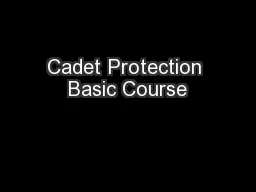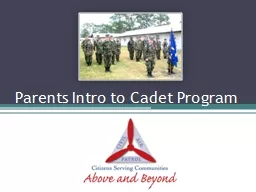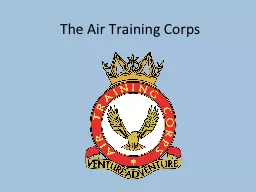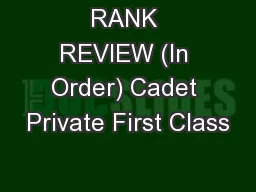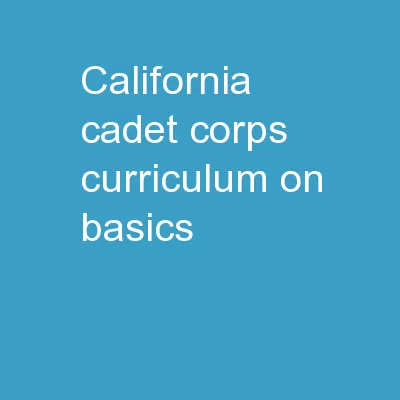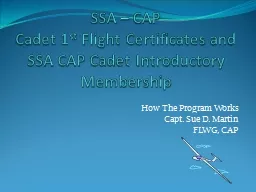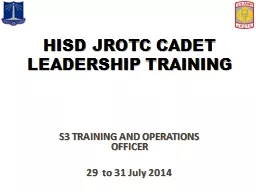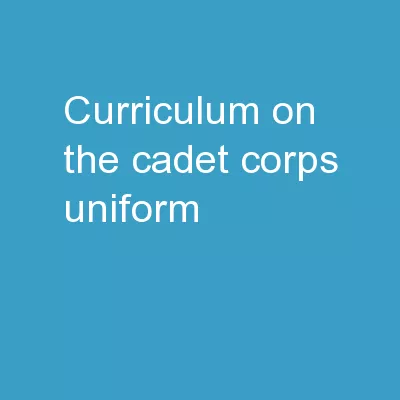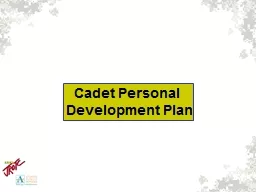PPT-California Cadet Corps Curriculum on Basics “Principles”
Author : alexa-scheidler | Published Date : 2019-11-05
California Cadet Corps Curriculum on Basics Principles ESSAYONS Agenda C1 Leadership Principles C2 Leadership Indicators C3 Leaders Code LEADERSHIP PRINCIPLES C1
Presentation Embed Code
Download Presentation
Download Presentation The PPT/PDF document "California Cadet Corps Curriculum on Bas..." is the property of its rightful owner. Permission is granted to download and print the materials on this website for personal, non-commercial use only, and to display it on your personal computer provided you do not modify the materials and that you retain all copyright notices contained in the materials. By downloading content from our website, you accept the terms of this agreement.
California Cadet Corps Curriculum on Basics “Principles”: Transcript
Download Rules Of Document
"California Cadet Corps Curriculum on Basics “Principles”"The content belongs to its owner. You may download and print it for personal use, without modification, and keep all copyright notices. By downloading, you agree to these terms.
Related Documents


